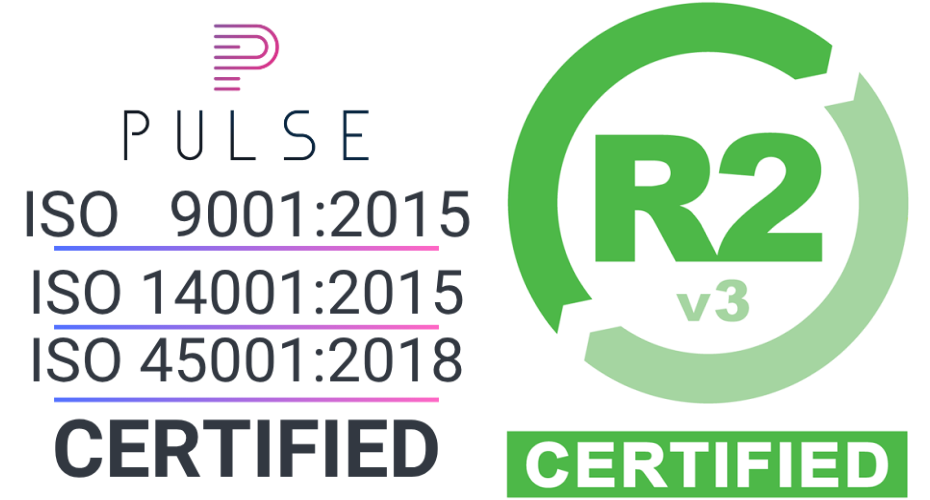What if, instead of ending up in a landfill, every used electronic device could find its perfect next owner?
In today’s rapidly evolving tech world, companies face the challenge of handling a constant turnover of electronics. Many of these devices are still valuable, yet finding the right market to resell them can feel like solving a puzzle in motion. Take the example of Dell, a leader in the IT space, which recently launched initiatives to extend the life cycle of its technology by tapping into back markets. Dell’s challenge, however, wasn’t just finding any buyer but identifying markets where refurbished models are not only accepted but sought after.
In emerging regions in Africa, for example, Dell’s decommissioned laptops became essential tools for students and professionals where access to new technology might be financially out of reach. Yet, even for a company as established as Dell, entering these markets required careful consideration of factors like local economic conditions, import policies, and even cultural preferences in tech usage. It’s a reminder that there’s no “one size fits all” for back markets, each region has unique demands, and understanding these nuances is crucial for success.
The story is similar for Apple, which faced the dilemma of handling millions of iPhones returned each year. Through trade in and refurbishment programs, Apple has been able to breathe new life into these devices and resell them, but not without challenges. In some regions, strong demand for Apple products means high value returns; in others, refurbished devices face competition from lower cost, brand new alternatives. By identifying where demand aligns with their refurbished offerings, Apple can maximize returns on these pre-owned devices.
But for every success story like Dell’s or Apple’s, many companies struggle to identify viable second life markets. The reality is that knowing where to resell or remarket used devices requires expertise in local demand, pricing trends, and regulatory restrictions. Companies without the resources to analyze and access these markets often find themselves stuck with surplus inventory, losing potential revenue, and missing the chance to drive sustainability.
Here’s where partnerships with specialized players like Pulse Supply Chain Solutions make all the difference. With extensive experience in IT asset disposition (ITAD) and deep knowledge of global second life markets, Pulse can match products to demand in ways that most companies can’t achieve alone. Through data driven insights and a strategic network, Pulse helps clients bypass the costly trial-and-error process, placing assets into markets where they are truly valued. This expertise also minimizes environmental waste, ensuring that products aren’t discarded prematurely but given new life in regions where they’re most needed.
One of the biggest challenges in finding back markets is understanding each market’s unique regulatory landscape. Pulse’s role here goes beyond basic compliance, offering clients guidance through the maze of import/export laws, local certification requirements, and tax considerations. For example, placing refurbished electronics in certain regions may require specific certifications on data wiping or parts replacement; a process Pulse has mastered to meet global standards. By working with an experienced partner, companies avoid the costly risk of regulatory violations and establish a foothold in markets where they might otherwise struggle.
Finding the right second life market for used electronics isn’t just about profit, it’s about enabling a circular economy, where products can continuously serve new users instead of being discarded. Every device that finds a new owner represents materials saved, emissions avoided, and communities uplifted by access to affordable technology. When companies partner with experts like Pulse, they’re not only increasing their bottom line but also contributing to a larger vision of sustainability. It’s a move that requires insight, strategy, and commitment but, as these real world examples show, it’s a journey worth taking.


